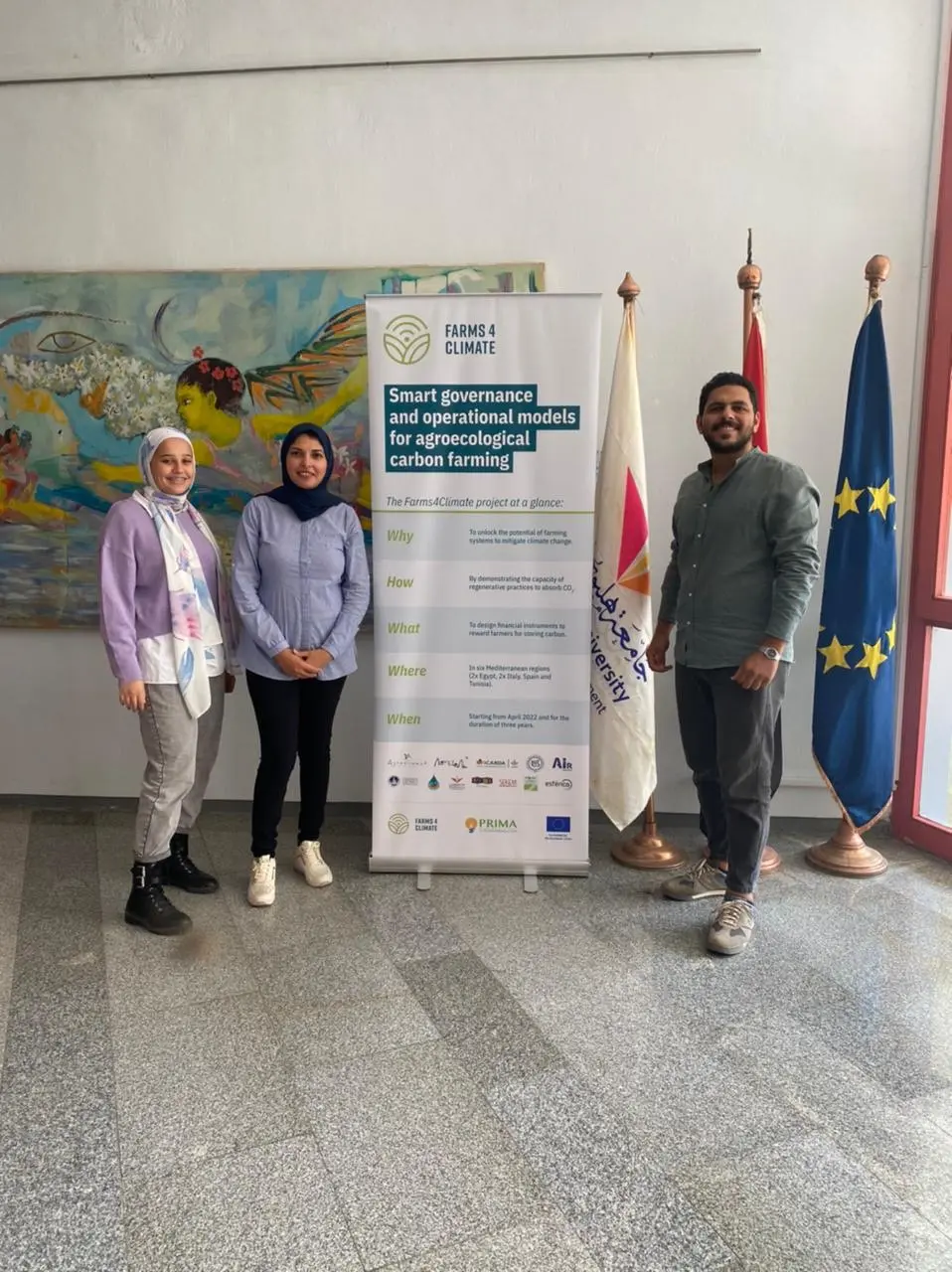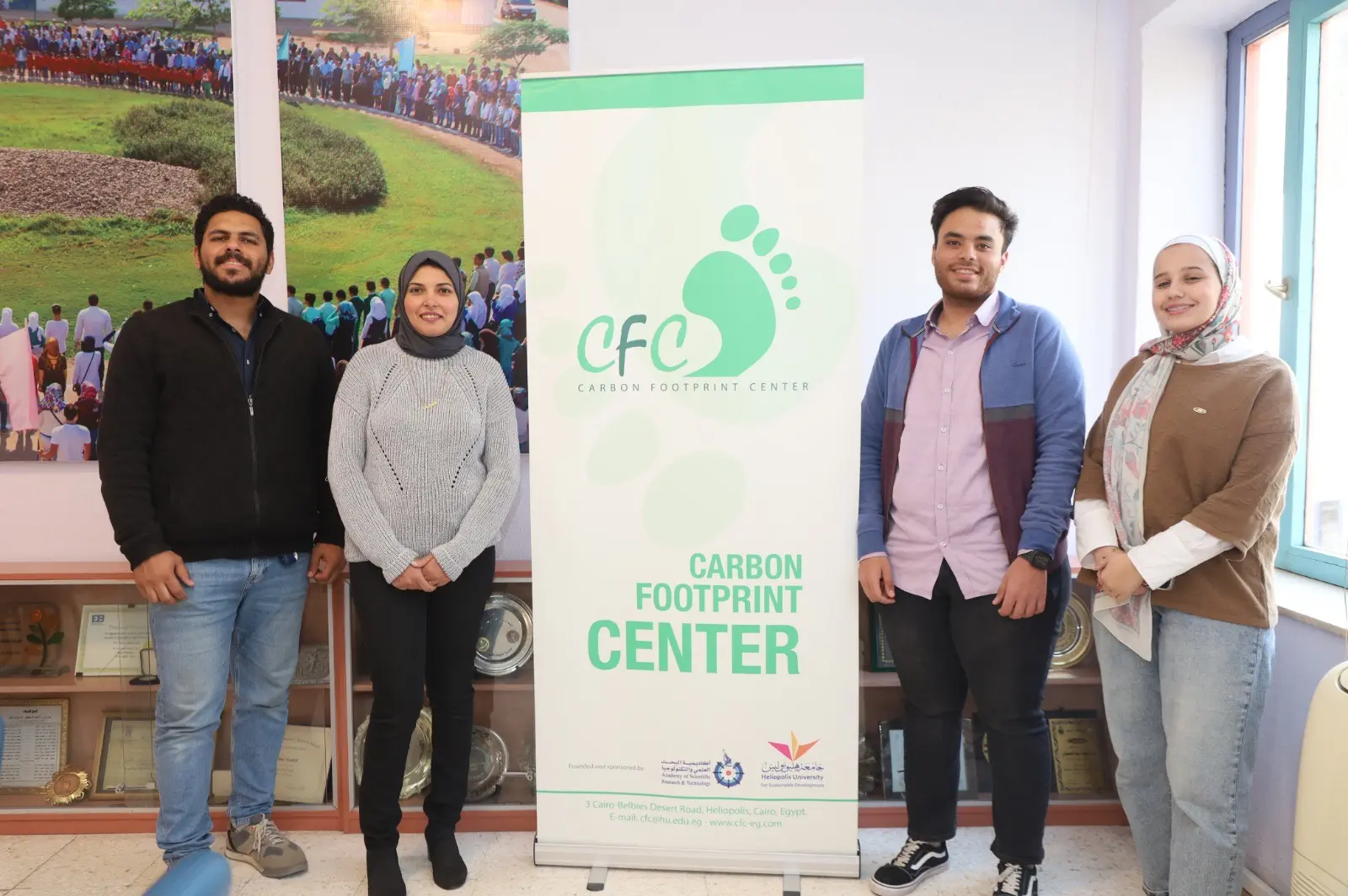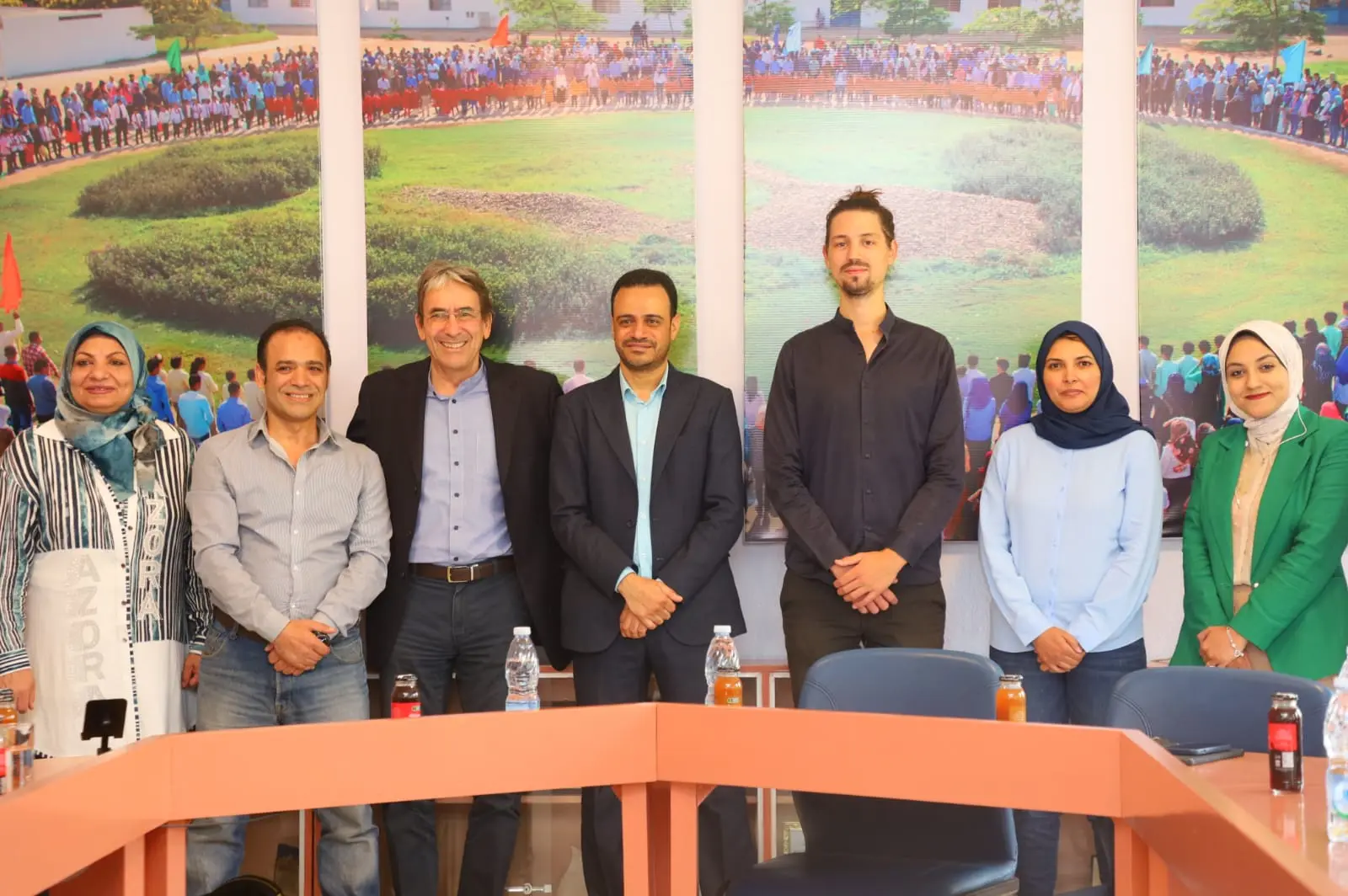
Our Vision
Our vision is to become a pioneering and internationally accredited center for Climate and Energy Research, recognized at both local and global levels.
Heliopolis University's Carbon Footprint Center is Egypt's only ISO 14064-1:2018 and ISO 14064-2:2019 accredited organization. We excel in precise greenhouse gas emissions tracking and provide globally recognized, reliable data and offsets
About CFC
The Carbon Footprint Center is a research center at Heliopolis University for Sustainable Development and is the only accredited organization in Egypt according to ISO 14064-1:2018 at the organization level as well as ISO 14064-2:2019 at the project level. These certifications validate our expertise in the quantification, monitoring, and reporting of greenhouse gas emission reduction or removal enhancement standards. This recognition ensures that the data and offsets we provide are accurate, reliable, and globally recognized.

Our vision is to become a pioneering and internationally accredited center for Climate and Energy Research, recognized at both local and global levels.

Excellence in Climate and Energy Research, preparing the environmental reports, and the strategic and operational planning necessary to limit the causes of climate change and global warming.
Climate & Energy Research Center aims to mitigate
the climate change and reduce the threat of the glob- al warming by:
• Calculate the amount of gasses emitted from the different ac-tivities of the companies and the products in order to Evaluate its impact on climate change and Preparing the environmental and the strategic reports necessary to achieve a reduction in the amount of gasses emitted and thus in operating costs.
• Encourage desert land reclamation and afforestation project
• Increase awareness of the harmful effects of climate change
on the local and international community
• Boost the marketing of the company and its products by promotes positive, environmentally conscious company image and increase the competitiveness of each company
• Collect information needed in order to calculate carbon and water footprint assessment
• Preparing studies and reports for installing renewable energy stations
• Encourage companies to investment in the renewable energy




Heliopolis University Website